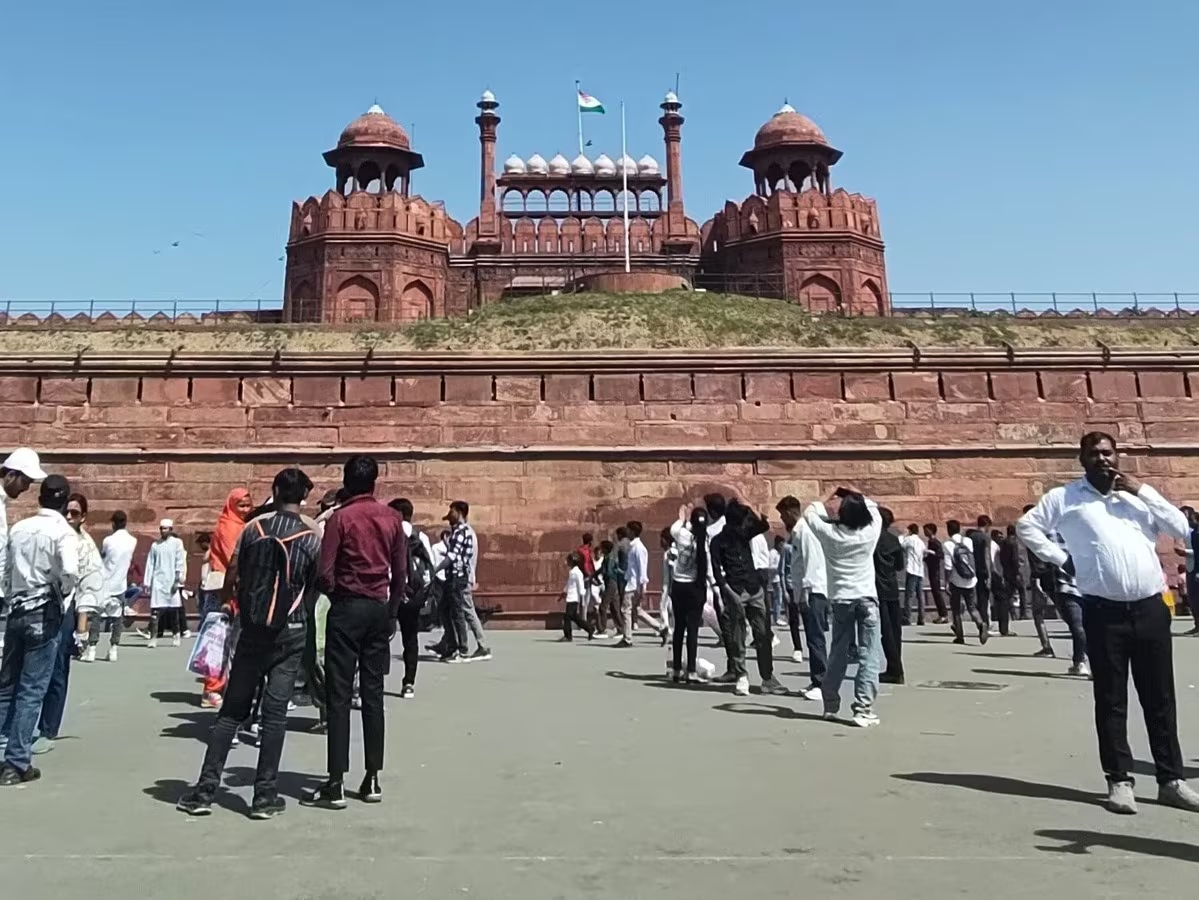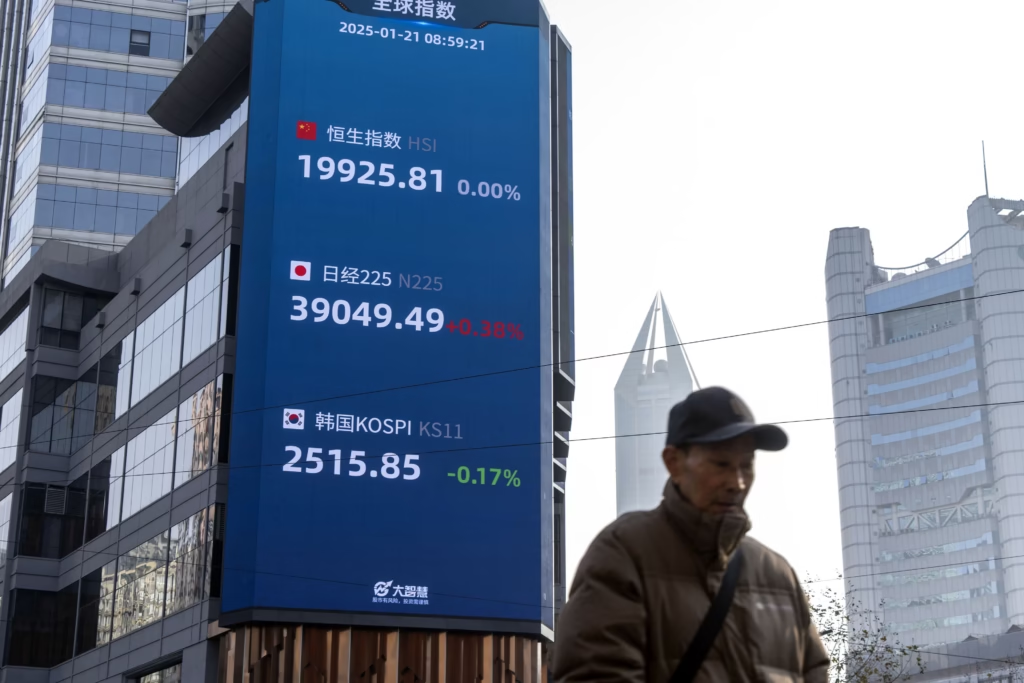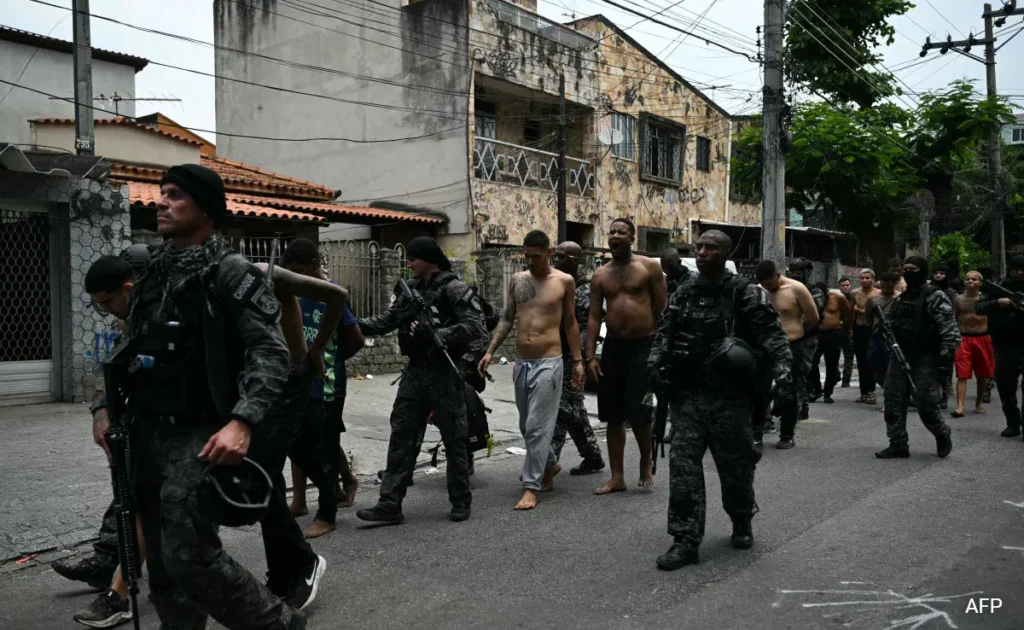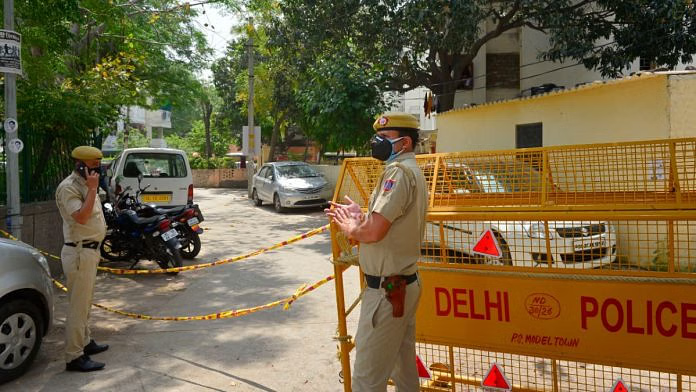Now Reading: Delhi Bomb Threats Surge: What’s Behind the “Groping in the Dark” by Police
-
01
Delhi Bomb Threats Surge: What’s Behind the “Groping in the Dark” by Police
Delhi Bomb Threats Surge: What’s Behind the “Groping in the Dark” by Police

Delhi has seen a growing number of bomb threats against schools, hospitals, universities, and government buildings since mid-July. Over 100 institutions have received threatening emails, yet no explosives have been found. The wave of empty threats has left the police scrambling, relying on traditional investigation methods that are slow and often ineffective. For residents, especially in Tier 2 towns, this uncertain threat environment is deeply unsettling.
Nature of the Threats
Emails are increasingly graphic, naming specific locations like ICUs, classrooms, emergency exits, and claiming explosives or timers have been planted. Some messages literally demand cryptocurrency as ransom. Despite repeated evacuations, sniffer-dog sweeps, and other security protocols, nothing tangible has been found in these sites.
What’s Hampering Investigations
Technological anonymity is a key challenge. Senders use VPNs, anonymised IPs, dynamic servers and foreign hosting locations to mask their origin. When threats seem to come from abroad or route through multiple servers, tracking them down becomes a complex task. Even after tracing one email to a 12-year-old, no major breakthroughs have been made in several weeks.
Psychological and Social Impact
For people in smaller cities, bomb threats—even if hoaxes—mean disruption, panic, fear. Students stay home, parents worry, and public trust in safety measures erodes. Institutions spend money on drills, evacuations, and extra security. The anxiety isn’t just physical—it affects mental well-being, especially among youth.
What Authorities Are Doing
Delhi Police have followed protocol: evacuations, checks, using bomb-squads. They are trying to identify patterns, trace IPs, and gather evidence. But critics say more needs to be done: better cyber-capabilities, faster international cooperation, public communication. Some also want stricter laws and more transparent updates so citizens know what is being done.
The Bigger Picture
This surge in threats is part of a larger global trend where cyber tools let people threaten anonymously. Law enforcement agencies often lag behind these tools in terms of technical capacity and legal framework. For cities beyond metros, including Tier 2 places, building tech and investigative capacity is expensive.
Ultimately, if authorities can’t trace threats promptly and transparently, both public fear and distrust of institutions rise.
This spate of bomb threats in Delhi shows how vulnerable systems can feel when law enforcement is groping in the dark. People expect safety, clarity, and answers. Building trust will depend not only on what is found—but also how quickly and clearly authorities respond.

























